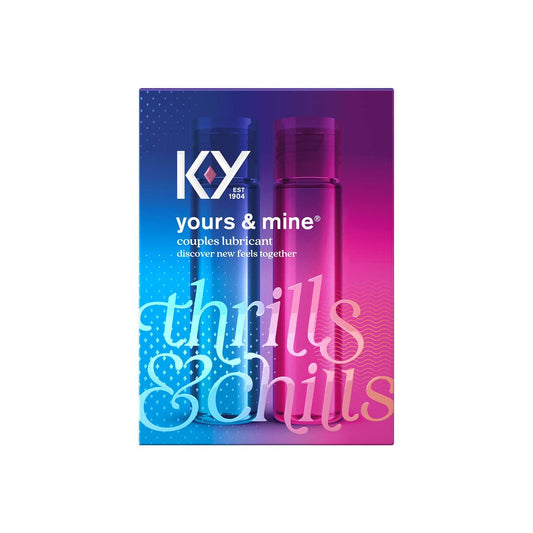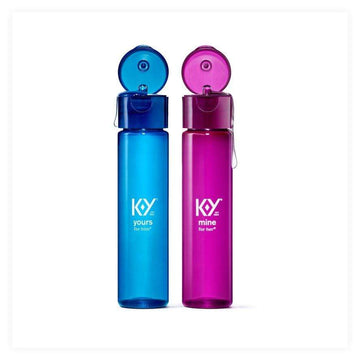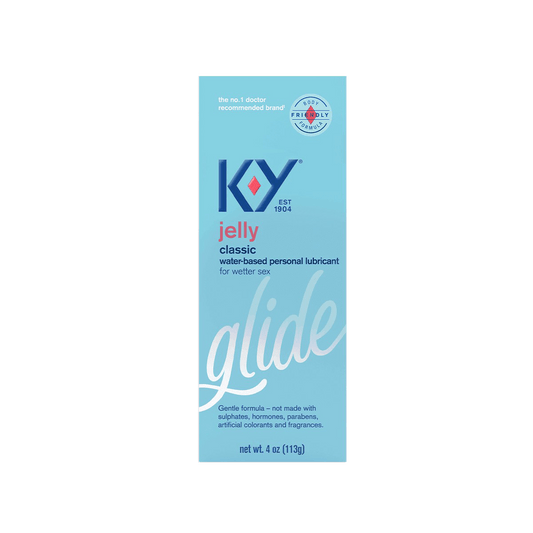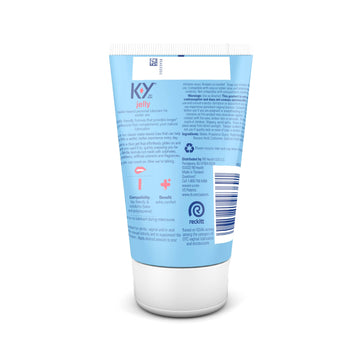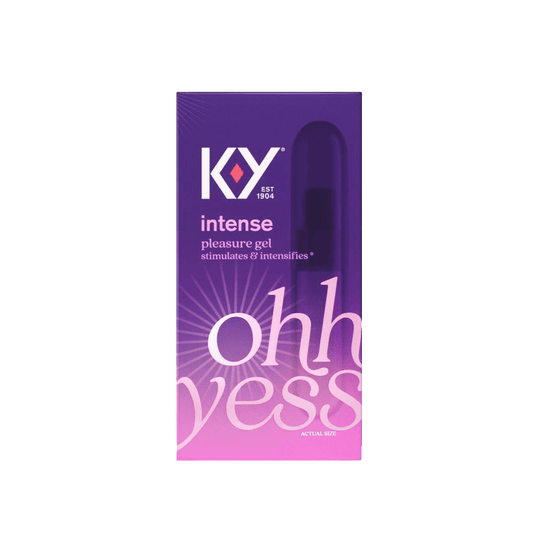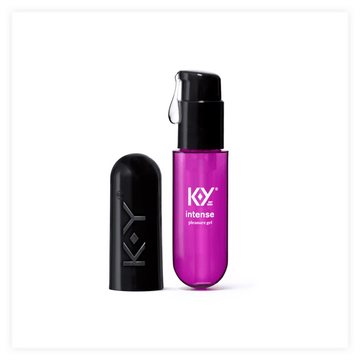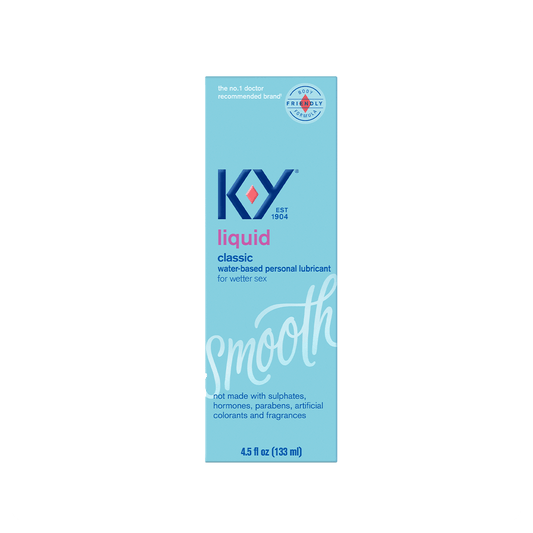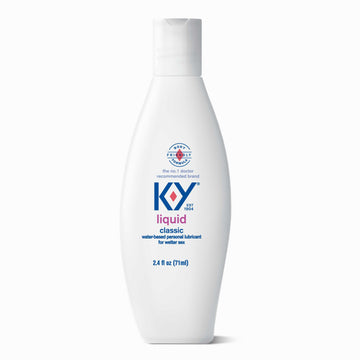How to Avoid Common Argument Triggers
Even if you are in a loving, healthy relationship, the occasional argument is inevitable – after all, you're passionate about each other, and that manifests in all kinds of ways. But when you start to feel like the same old fights are running on a loop, it's time to channel that passion into a few proactive steps to circumvent common arguments blowing out of proportion.
Understand What Triggers You During an Argument
You are more likely to argue with your partner if you don’t actually know what exactly is upsetting you as you begin an argument with them. Perhaps it’s worth writing down all of the things that can cause you to start arguing. By having this list of triggers on hand, you can then be prepared for those moments that could begin an argument. It’s worth also finding out your partner’s triggers at the same time.
People Arguing Must Change Their Perspective
Both inside the bedroom and out, "it takes two to tango." This idiom is especially applicable to arguments. Regardless of who fired off the first hurtful words, the bottom line remains that two people must be present for a fight to occur. However, there are things you can do individually to help minimize the likelihood of falling into your typical argument and subsequent cycle of anger.
Say you both squabble over whose turn it is to take out the trash, walk the dog, or clean the table. Before your next fight, practice distancing yourself from your emotions. So, rather than jumping straight to negative thoughts – “he’s so lazy” – try seeing things from another perspective: “He might be tired from a day’s work or may have forgotten it was his turn to do the dishes.” The more you practice seeing situations from another’s perspective, the less likely you are to immediately jump to negative sentiments. In doing so, you'll diminish the power they have to create conflict.
The more you practice seeing situations from another’s perspective, the less likely you are to immediately jump to negative sentiments.
How to Not Start an Argument: Address Issues Upfront
The most common – and persistent – relationship triggers stem from simple household peeves like stubble in the sink, channel surfing, and leaving lights on from room to room.
There's an important lesson to be learned here, indeed: the best way to deal with an issue is to actually deal with it. Don't skirt around things that irk you or walk on eggshells. The longer you go without addressing little things, the more likely it is they'll turn into big things.
How to Stop an Argument: Remember Your Partner
Just like you can't engage in an argument by yourself, you can't resolve one by yourself either. And, while you can work on your own mindset to help minimize blow-ups, avoiding conflict isn't a solo act. Let this principle guide you, you are part of a team. Remember that your partner is your ally, not your enemy, and treat them as such when faced with a trigger.
How to Avoid Arguing in a Relationship: Stop Keeping Score
This tenet goes hand-in-hand with remembering that the person by your side is on your team, not competing against you.
When couples keep score, they wind up in a blame cycle, effectively rendering them incapable of avoiding argument triggers – tension in this kind of relationship is circular, with triggers running into one another until they form a seamless track.
How to React When Someone Triggers You: Reveal the Root
The fact is all couples fight. It's nothing to be ashamed of – it can actually improve your intimacy. But be mindful not to let bickering overpower empathetic communication. If at any point argument triggers start to tip the scales, you should take a deeper look at your relationship so you can address the root of your problems.
Take Time to Initiate Intimacy
It might seem obvious, but it’s important to keep obvious things in mind: the more often that you have sex, the less likely it is that you are going to argue. That’s why it is certainly important to engage in regular intimacy by having a scheduled time to have sex at least once a week. It might not seem sexy to schedule in advance, but it’s actually a good way to have something to look forward to and can build anticipation over time.
Keep Your Relationship More Harmonious with Enjoyable Activities
Sex isn’t the only activity that you should be engaging in to keep things ticking over nicely between you and your partner. As well as having a scheduled night for sex, you should think about fun date ideas to keep your relationship fun and lively. You can either have a fun night in with a movie, or you hit up the town and have an adventure in the evening together. Either way, the more fun you have together, the less likely that you will be arguing.
A List of Conflict Triggers Examples to Be Aware Of
If you are still stuck as to how an argument can start, it’s certainly worth being aware of some of the triggers that can start arguments. These can include:
● Disagreements over chores
● Problematic behaviors
● Lack of intimacy
● Trust issues
● Condescending remarks
● Disagreements over how to spend free time
● Relationships with friends and family
● Screen time
● Communication
● A lack of empathy, or perceived lack of empathy
By understanding these different triggers, you can then try and go out of your way to avoid them. It’s worth adding to this list with a selection of your own triggers.



